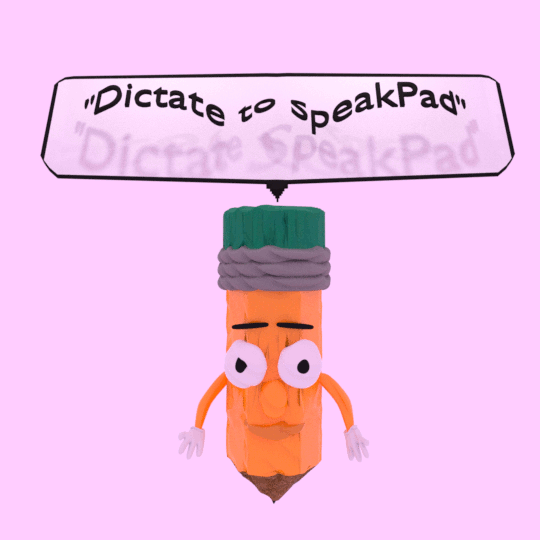

Finally, they found that a minimal “usable” hardware configuration (which keeps up with dictation) comprises a 300-MHz Pentium processor with 128 MB of RAM and a “speech quality” sound card (e.g., SoundBlaster, $99). From trials they conducted in settings ranging from an emergency room to hospital wards and clinicians' offices, they learned that ambient noise has minimal effect. For example, the authors had to substitute “twice a day” for “bid” when using the less expensive dictionary, but not when using the other two dictionaries. Users may find it difficult to train the system to recognize certain terms, regardless of the amount of training, and appropriate substitutions must be created. Users must also correct errors as they occur, because accuracy improves with error correction by at least 5 percent over two weeks. Second, users must speak clearly and continuously, distinctly pronouncing all syllables. However, if they used either of two more expensive and extensive commercial medical vocabularies ($349 and $695), they did not need to add terms to get a 98 percent recognition rate. The authors dictated 50 discharge summaries using one inexpensive internal medicine dictionary ($30) and found that they needed to add an additional 400 terms to get recognition rates of 98 percent. First, for efficient recognition users must start with a dictionary containing the phonetic spellings of all words they anticipate using. The authors have identified a number of issues that are important in managing accuracy and usability. This paper presents a state-of-the-technology summary, along with insights the authors have gained through testing one such product extensively and other products superficially. The current generation of continuous speech recognition systems claims to offer high accuracy (greater than 95 percent) speech recognition at natural speech rates (150 words per minute) on low-cost (under $2000) platforms.


 0 kommentar(er)
0 kommentar(er)
